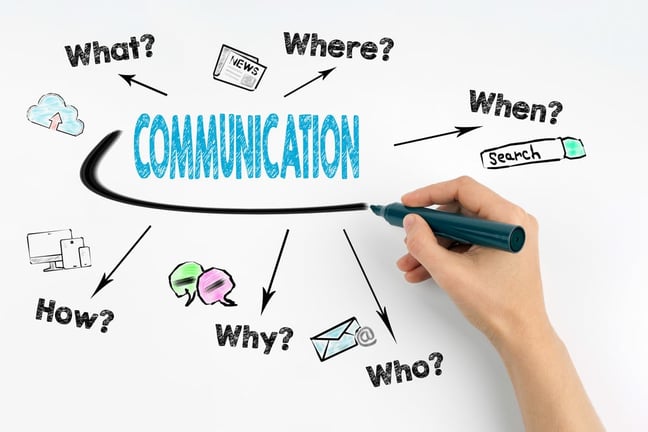
Effective communication within an organization is essential for its success. A well-designed internal communication plan can help improve employee engagement, increase productivity, and foster a positive company culture.
7 Steps to Crafting a Successful Internal Communication Plan
Here is a step-by-step checklist for crafting an outstanding internal communication plan:
1. Identify Your Communication Goals and Objectives
Before you start developing your communication plan, it is important to identify your goals and objectives. What do you want to achieve through internal communication? Do you want to improve employee engagement, increase productivity, or promote company values? Identifying your goals and objectives will help you develop a plan that is aligned with your organizational objectives.
2. Understand and Identify Your Target Audience
Not all employees have the same communication needs. It is important to identify your target audience and tailor your communication plan accordingly. For example, if you are communicating about a new company policy, you may need to target specific departments or teams It's important to be as specific as possible when identifying your target audience. For example, rather than simply saying "all employees," you might want to specify different groups, such as "front-line employees," "executives," or "remote workers."
3. Determine the Best Channels for Communication
There are many channels for internal communication, including emails, employee newsletters, staff magazines intranet, and face-to-face meetings. It is important to determine the best channels for your target audience and your communication goals. For example, if you are communicating about a time-sensitive issue, email may be the best channel. If you are communicating about a complex topic, a face-to-face meeting may be more effective.
4. Develop a Robust Content Plan
Once you have identified your communication goals and channels, it is time to develop a content plan. This should include the topics you want to cover, the frequency of communication, and the format of the content (e.g., text, audio, video, digital publications, etc.). Don't forget to create content that is engaging and relevant.
5. Carefully Choose Technology and Tools
Carefully choose which tools and digital platforms to utilize at each stage of the internal communication plan. Examples could be instant messaging tools like Slack, Microsoft Teams, intranet software such as Staffbase, Sharepoint, project management tools such as Asana, Clickup, digital publishing platforms like Joomag or Publuu, social media, etc.
6. Set Up a Feedback Mechanism
It’s important to get feedback from your employees on the effectiveness of your internal communication efforts. This could include regular surveys, quizzes, focus groups, or even just informal discussions with employees. Feedback provides a platform for employees to voice their concerns, which can help foster an environment of corporate culture and transparency within the organization.
7. Monitor and Evaluate Your Internal Communication Plan
Continuously assess the effectiveness of your internal communication strategy and make necessary adjustments. Regular evaluation helps ensure that your communication efforts remain aligned with your organizational goals and effectively engage your employees.
By following this step-by-step checklist, you can create an outstanding internal communication plan that will help to improve communication within your organization and drive success.
Joomag: Enhancing Internal Communications with Digital Publishing
Joomag is a digital publishing platform that helps companies create, distribute, and measure publications for internal communications. With Joomag, businesses can easily create professional-quality digital publications, such as employee magazines and engaging newsletters, interactive guides and trackable corporate brochures, and digital annual reports, using a range of customizable templates and design tools. Joomag also offers a range of distribution and marketing features, such as email marketing, social media sharing, and analytics, to help businesses reach their target audience.
FAQ
Q: Why is identifying communication goals crucial?
A: It aligns the plan with organizational objectives, targeting areas like employee engagement.Q: How do you choose the best communication channels?
A: Select based on audience preferences and message nature, balancing immediacy and complexity.










